Washing Machine Filling with Water Then Stops? Quick Fixes
Common Reasons Why a Washing Machine Stops After Filling
Encountering an issue where your washing machine filling with water then stops can be frustrating. Several factors may lead to this problem. Let’s look at the most common reasons.
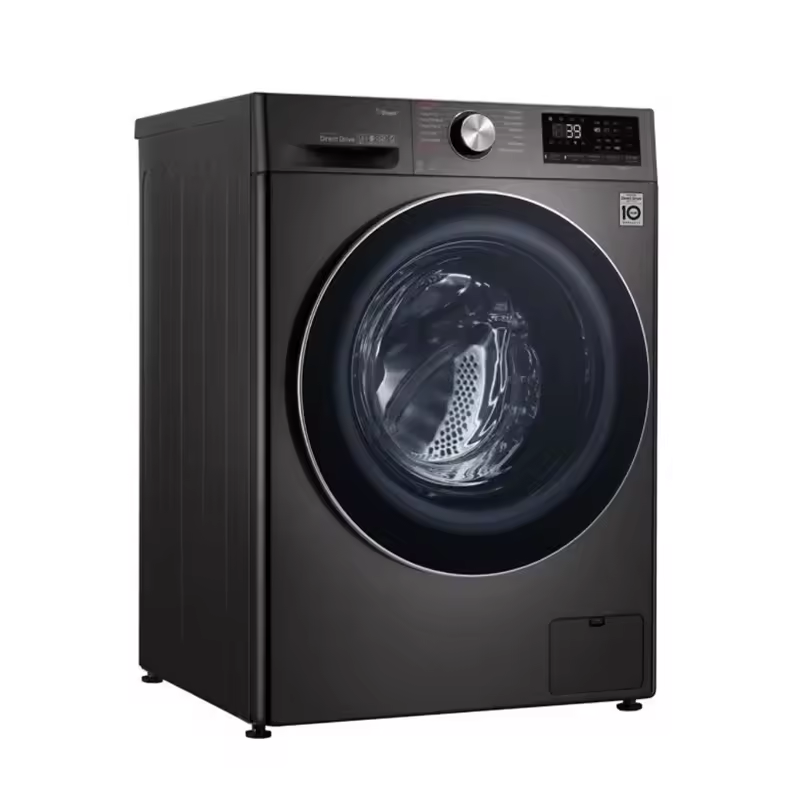
Faulty Lid Switch
The lid switch signals the washing machine to start the cycle when the lid is closed. If faulty, it can stop the washer right after filling.
Clogged Water Inlet Valve
This valve controls water flow into the washer. If clogged or broken, it could halt the machine after it fills.
Malfunctioning Timer or Control Board
The control board orchestrates the washer’s functions. If the timer or board fails, it may not move past the filling stage.
Blocked Pressure Switch
The pressure switch monitors the water level. If blocked, it may incorrectly signal that the washing machine is full, stopping the cycle.
Defective Water Level Sensor
A broken sensor might fail to detect the proper water level, causing the machine to stop.
Considering these common issues can help steer your troubleshooting efforts in the right direction and get your machine back to working order.
Initial Steps to Diagnose Washing Machine Issues
If your washing machine filling with water then stops, begin with these initial diagnostic steps. First, ensure that the washing machine is plugged in and the power supply is consistent. Sometimes, disrupted power can cause the machine to halt unexpectedly. Next, check for any obvious signs of damage or kinks in the water supply hoses. Any obstructions in these hoses can prevent proper machine function.
Once you’ve reviewed the exterior factors, reset the washing machine by unplugging it for a minute and then plugging it back in. This simple step can sometimes clear electronic glitches. If the problem persists, listen for unusual noises that might indicate a malfunction within the machine, like grinding or clicking sounds. Lastly, verify that the washing machine door or lid is securely closing. An improperly latched door can stop the cycle after filling as a safety precaution.
Performing these initial checks can provide clarity on whether the problem is superficial or if further investigation is necessary.
How to Check the Lid Switch for Faults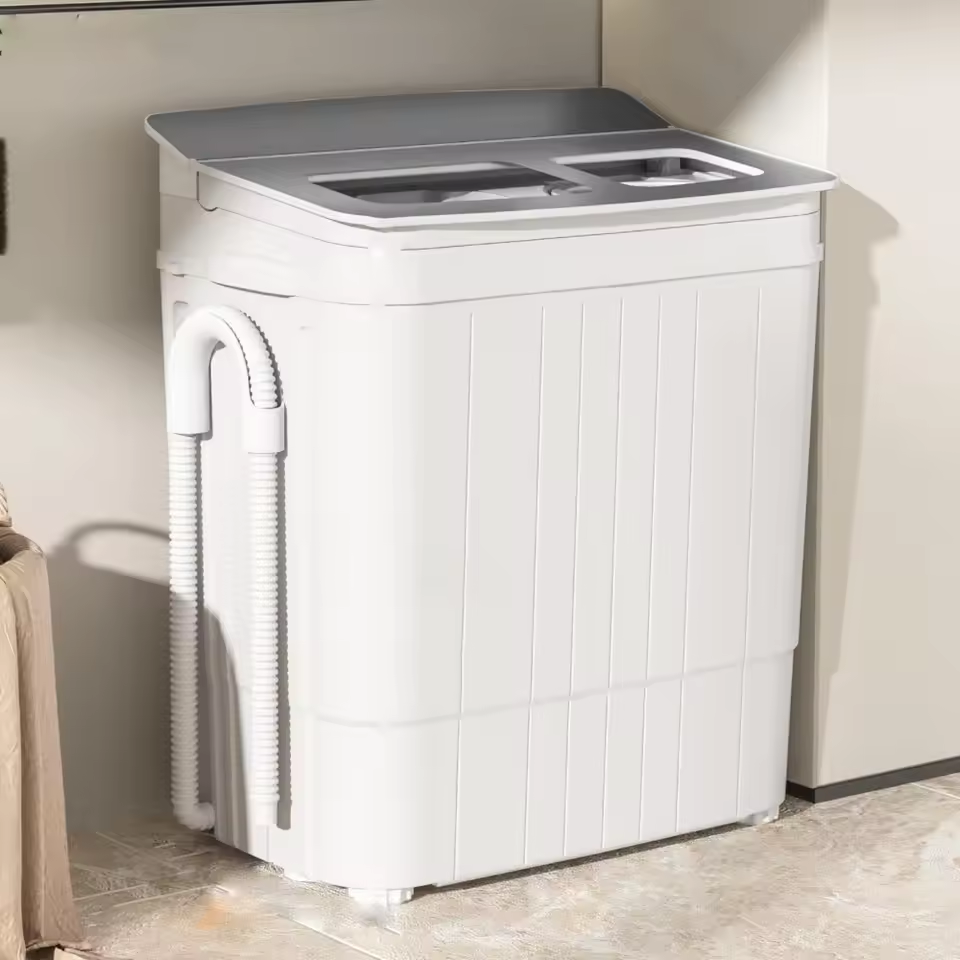
Checking the lid switch is a crucial step when your washing machine stops after filling with water. Start by locating the switch, which is usually near the machine’s lid or door. Once found, inspect it for any signs of damage or wear. Here’s how you can check the lid switch for faults:
Look for Visible Damage
See if the switch is cracked, loose, or looks burnt. Visible damage means replacement is likely needed.
Test the Lid Switch Mechanically
Press the switch manually to see if it clicks. No click often indicates a malfunction.
Use a Multimeter for Electrical Testing
Set a multimeter to the continuity setting and test the switch. Lack of continuity suggests a faulty switch.
Bypass the Lid Switch Temporarily
For testing purposes, bypass it to see if the machine operates. Caution is advised; only do this temporarily.
After these checks, if you find the lid switch to be faulty, it should be replaced to restore functionality to your washing machine. If you’re not comfortable performing these tests, or if the problem persists, consider contacting a technician for assistance.
Inspecting the Water Inlet Valve
When your washing machine fills with water then stops, the water inlet valve often plays a role. This valve controls the entry of water into the washer. A faulty valve can halt operations immediately after filling. Here are steps to inspect the water inlet valve:
Locate the Water Inlet Valve
Find the valve at the back of the machine where hoses connect. Ensure the machine is off.
Check for Obstructions
Examine the screens inside the valve for debris or buildup. Clean them carefully if needed.
Examine the Valve for Wear or Damage
Look for cracks or signs of leakage around the valve. These could signal a need for replacement.
Listen for Irregular Noises
Turn on the washer to fill. Listen for unusual sounds which may indicate a valve issue.
Test the Valve with a Multimeter
Use a multimeter to check for electrical failure. Replace the valve if there’s no continuity.
After these inspections, if the water inlet valve is defective, replacing it should resolve the problem. If you’re unsure how to perform these tests, or if your washing machine filling with water then stops even after checking the valve, it may be time to call in a professional.
Assessing the Timer and Electronic Controls
When your washing machine filling with water then stops, the timer and electronic controls may be at fault. These components are crucial in managing the machine’s cycles. To assess them, follow these steps:
Identify the Location of Timer and Controls
Find the timer and controls on your machine, usually behind the control panel.
Check for Physical Damage
Look for any signs of burning, corrosion, or loose connections that could affect performance.
Listen to The Timer During Cycle
Start a cycle and listen. A working timer will make distinct sounds as it moves.
Verify Electronic Control Functionality
If your washer has a digital display, check for error codes that signal control issues.
Test Timer with a Multimeter
Use the continuity setting on a multimeter to test if the timer’s working correctly.
If after these checks the timer or controls seem defective, they may require professional servicing or replacement to get your washer running again.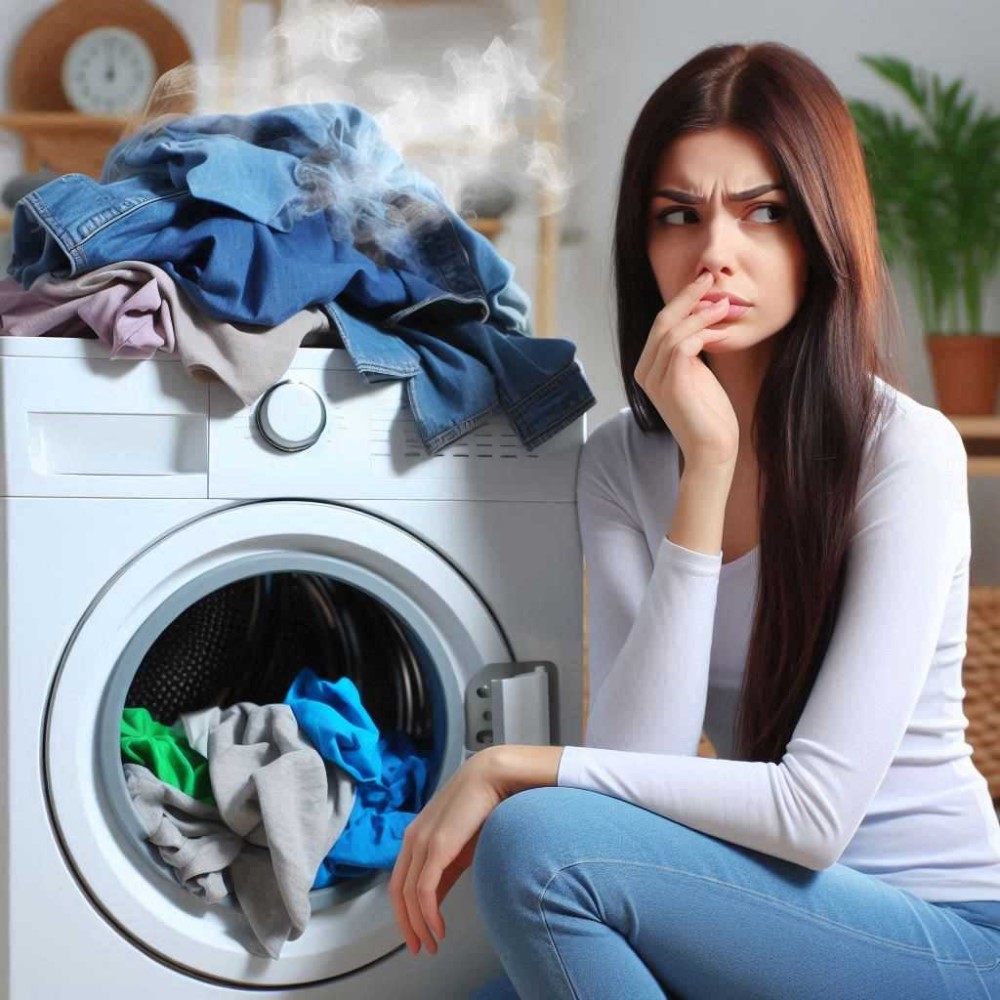
The Role of the Pressure Switch in Washing Machine Operations
Understanding the pressure switch is key when addressing issues with a washing machine that stops after filling. This component is critical as it checks the water level in the machine. Once the proper level is reached, it signals the washer to proceed with the cycle. Here is how to assess the pressure switch:
Locate the Pressure Switch
Find the switch, usually attached to a small clear tube, inside the control panel.
Inspect the Switch’s Tube
Ensure the tube has no kinks or damage. Any issue here can affect the switch’s reading.
Listen for Clicking Noises
As the machine fills, listen for a click from the switch. No click may suggest a fault.
If the pressure switch or its tubing appears damaged, replacing them is a crucial step. If after these inspections the washing machine filling with water then stops without starting the cycle, the pressure switch might be the culprit and should be examined by a professional. Keep in mind that improper handling can lead to further damage, so only perform checks you are comfortable with.
Troubleshooting Tips for Washer’s Water Level Sensor
When your washing machine stops after filling, the water level sensor may be the issue. This sensor communicates the water’s height in the tub, telling the washer whether to start the cycle or not. Follow these troubleshooting tips:
Examine the Water Level Sensor for Debris
Check for dirt or soap buildup on the sensor. Clean it gently with a damp cloth.
Inspect Sensor Connections
Make sure wires connecting to the sensor are secure and not damaged.
Test Sensor Function
Pour water slowly to see if the sensor responds. No change may indicate a problem.
Replace the Sensor if Faulty
If cleaning and testing don’t fix the issue, consider replacing the sensor.
Addressing water level sensor issues can aid in resolving your washing machine’s halt. If these steps don’t solve the problem, further professional diagnostics may be necessary.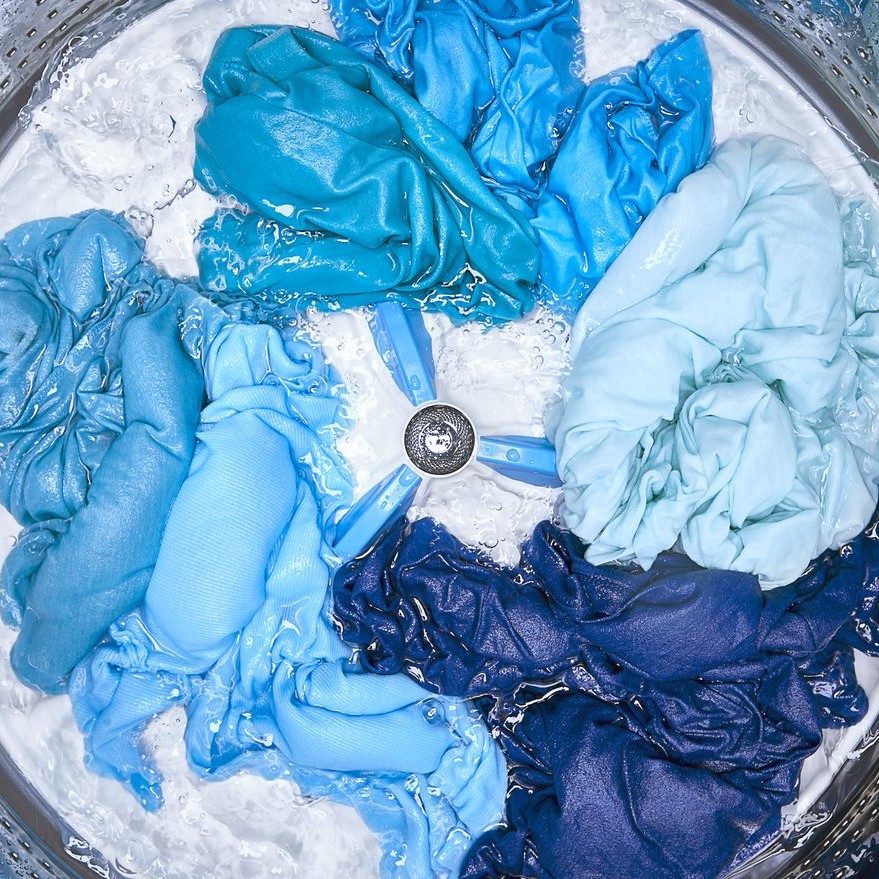
When to Seek Professional Appliance Repair Services
Sometimes, despite our best efforts to troubleshoot and repair a washing machine, professional assistance is necessary. Here is when you should consider calling in the experts:
Persistent Issues After Troubleshooting
If you’ve followed the steps outlined above and your washing machine filling with water then stops continues, it might be time for professional repair. Recurring issues often point to complex problems that require specialized knowledge.
When Safety is a Concern
If you are not confident in handling electrical components or there are signs of electrical failure, it’s wise to seek professional help. These situations can be dangerous if not addressed by trained technicians.
Complex Components Replacement
Replacing parts like the timer, control board, or water level sensors can be intricate. Professionals have the tools and expertise to handle these delicate components properly.
Warranty Considerations
If your washer is under warranty, DIY repairs could void it. Always check warranty terms and, if in doubt, contact a professional who can provide authorized services.
Lack of Specialized Tools
Specialized tools are often needed for proper diagnostics and repair. If you lack these tools, it’s better to rely on a technician who has access to them.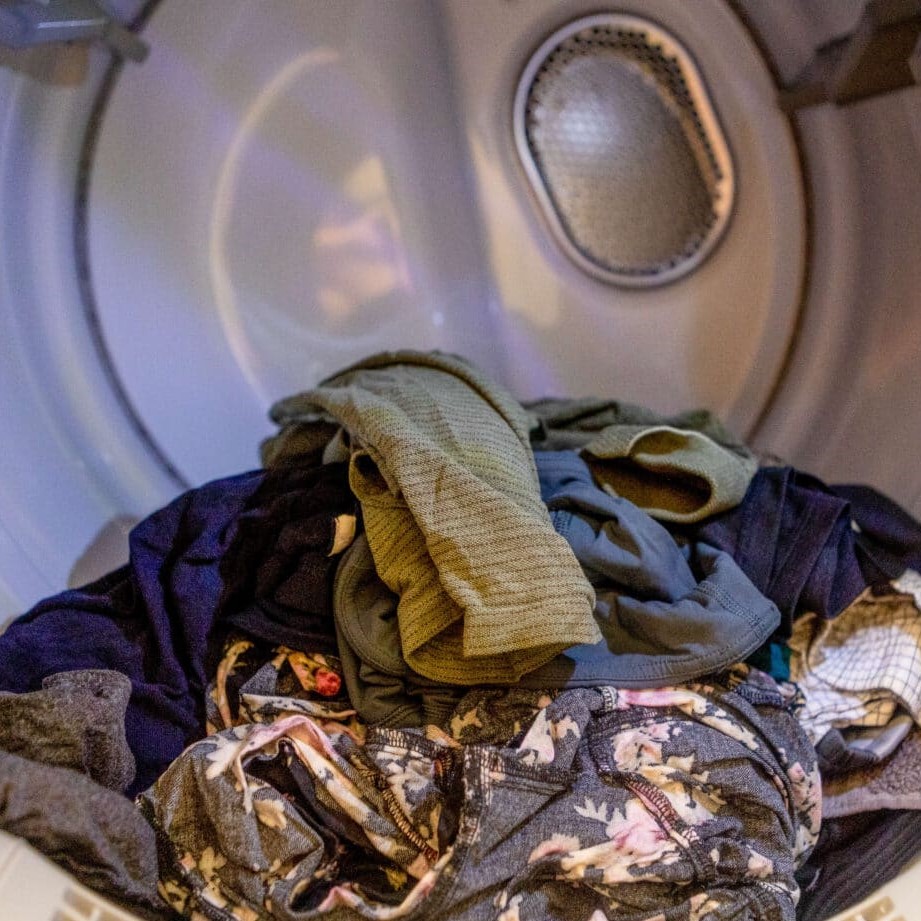
Time Efficiency
Professional repair services can save time. Experts can often diagnose and fix issues more quickly than you might be able to do on your own.
By understanding when to enlist the help of a professional, you can ensure your washing machine gets back to its optimal working condition safely and efficiently. Remember, there’s no shame in turning to a pro when the task goes beyond your comfort zone or skill set.
